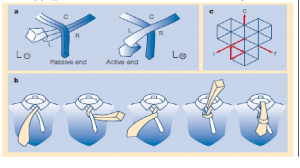This Thursday, I watched a pseudo-theater based on William Shakespeare’s Twelfth night. I said “pseudo” because the theater was actually done at National Theater in London; we watched the recorded version at Cinemapolis. In my opinion, the Twelfth night is far ahead of its time in term of the idea it presented in relation to sexuality. We are in the 21st century and yet this issue still raises controversy among the wider society. I was amazed to see that Shakespeare’s imagination was four hundred years ahead of his time. However, this doesn’t mean that homosexuality did not exist at the time, but it was not acceptable in the society as it was presented in the theater. It was also a romantic comedy theater which made it fun to watch.
Viola was the main character who pretended to be a boy like her twin brother Sebastian, whom she thought had died in a shipwreck, to work for the Duke she loved. She became the Duke’s messenger to the Countess he loved, Olivia. Ironically, both Oliva and the Duke fell in love with the messenger. The Duke is confused as he finds out that he was attracted to a “boy” (Viola). It turned out that Sebastian was alive, and he later comes and marries the Countess while the Duke marries Viola. My favorite and most fun character to watch was Malvolia, the steward of Olivia’s household. It was interesting to see how she emerged from being a very strict and perfectionist woman to someone who is vulnerable when she found out from a fake letter that Olivia loved her. The letter was written by Maria who also worked for Olivia to take revenge on her. During Shakespeare’s time, it was men who played both the women’s and the men’s part. This theater was different because some of the characters from the original theater changed their gender.

